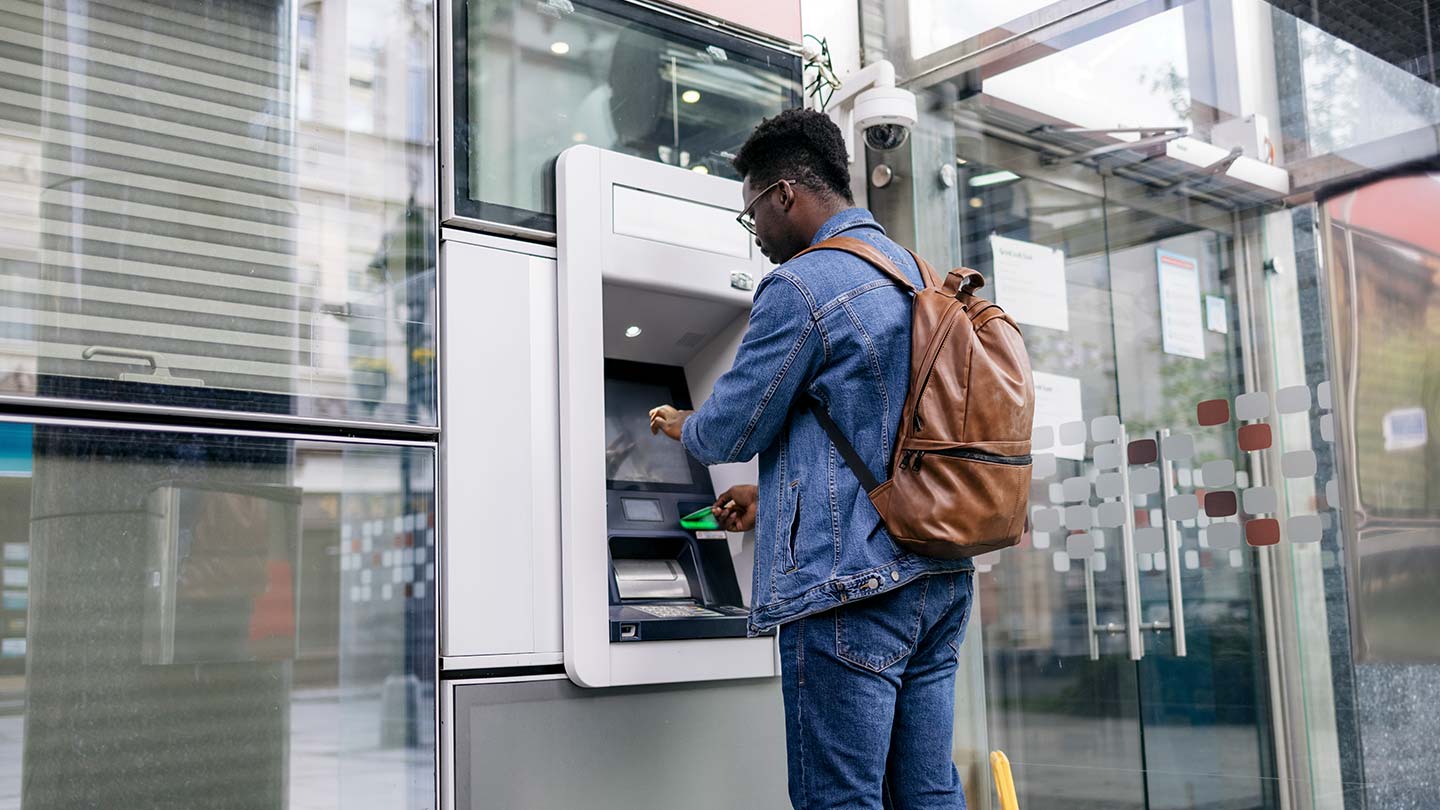Today the JPMorgan Chase Institute released the first analysis since the 1980s of American’s tax refunds by income and other demographic characteristics. The research, Who Files Early and Who Defers Healthcare: Insights from 1.2 Million Tax Refunds, also includes a first-ever analysis of the impact of tax refunds on healthcare spending for different income and other demographic groups. The research finds Americans in all income groups who were owed larger refunds filed their taxes earlier, and those who filed their taxes earlier also spent more of their annual tax refund on healthcare services they had been deferring.
The earliest filers, those who received refunds in February, responded more sharply to the tax refund with a 38 percent increase in healthcare spending over 76 days, compared to a 22 percent increase for those who received refunds in March and an 11 percent increase for those who received refunds in April or May. Among the earliest filers, 64 percent of their healthcare spending response to the refund went to deferred healthcare services (spending represented by payments that were made in-person at healthcare providers), compared with just over 55 percent for accounts held by the latest filers. Almost all of the remaining healthcare spending response in all groups went to paying deferred medical bills; only a tiny fraction went to paying for healthcare goods that could be stockpiled.
"It’s increasingly clear that families are using their tax refunds as a zero-interest savings vehicle. If consumers have a health need at some other time of the year, they might have to delay treatment until cash arrives during tax time," said Diana Farrell, President and CEO, JPMorgan Chase Institute. "These consumers would benefit from alternative savings vehicles or a more flexible refund system so they can access savings for healthcare whenever they need it."
The new report’s key takeaways include:
- Even within each income or age group, those who are owed larger refunds tend to file earlier.
- Among tax filers who are owed refunds, lower income and younger people file earlier in the season, perhaps because they have greater need for the cash infusion. Additionally, a larger fraction of refunds paid to lower-income filers may be driven by refundable tax credits, like the Earned-Income Tax Credit–money that is not available to them except through a tax refund.
- Healthcare spending out of accounts held by earlier filers, younger people, women, and lower income people increased by the largest proportion in response to the tax refund.
- The earliest filers (those who received refunds in February) responded with a 38 percent increase in healthcare spending following a tax refund, compared to a 22 percent increase for those who received refunds in March and 11 percent for those who received refunds in April or May.
- Regardless of income, those who filed earlier in the season put a larger fraction of their refund toward deferred healthcare spending.
- Those who filed their tax refunds earliest, receiving a refund in February, put 64 percent of their spending response toward paying for deferred care, compared with 55 percent for those who filed latest. In both groups, almost all of the remaining spending response went to paying bills with service providers; only a tiny fraction went to paying for drugs or other supplies that could be stockpiled.
- Deferred care represented a larger fraction of the healthcare spending response for early filers, women, and low-income account holders.
- Sixty-five percent of the response from accounts held by women represented deferred care, compared with only 57 percent from accounts held by men.
- Sixty-nine percent of the response from account holders in the lowest income quintile represented deferred care, compared with 54 percent for those in the highest income quintile.
- Cash flow dynamics affect the timing of out-of-pocket healthcare payments even among higher-income groups.
Given the dramatic link between healthcare spending and tax refunds, policymakers could consider possible changes making it easier for consumers to access funds throughout the year for healthcare. Possible solutions include:
- Periodic tax refund payments that reduce the deferral of care outside of refund season.
- Increasing the flexibility in the timing of when the lump sum becomes available. Fixing one of the largest cash flow events of the year to only happen between mid-February and mid-May) virtually guarantees that some Americans will have to defer care.
- Alternative savings vehicles—such as employer-based sidecar accounts—that share some features of tax withholding (including built-in commitment and “set-it-and-forget-it” transparency for the consumer) but that give consumers more direct control over timing.
In January 2018, the JPMorgan Chase Institute released new findings identifying a 60 percent increase in deferred healthcare spending during the week a tax refund arrives in checking accounts.
The report found the overall level of healthcare spending is 60 percent higher in the week after receiving a tax refund payment than in a typical week over the 100 days before. In the week after receiving a tax refund, out-of-pocket healthcare spending on debit cards increased by 83 percent, while there was no offsetting change to credit card spending—suggesting the cash infusion provided by the tax refund was a major determining factor driving changes in healthcare spending behavior. Moreover, 62 percent of the additional healthcare spending triggered by the tax refund was paid in person at healthcare providers. This means that cash flow dynamics influenced not just when consumers paid for healthcare but also when they received it.
The reports leverage data on daily healthcare spending for 1.2 million checking account holders in the JPMorgan Chase Institute Healthcare Out-of-Pocket Spending Panel (JPMCI HOSP) who received a tax refund in 2016. The HOSP data asset was first constructed in September 2017. The asset follows a sample of 2.3 million de-identified regular Chase customers aged 18 to 64 from January 2013 until December 2016. The Institute defined out-of-pocket healthcare spending as any observed payments to healthcare providers and drugstores, including co-payments, co-insurance, deductibles and other point-of-service medical, dental, or drug spending.
The JPMorgan Chase Institute is a think tank dedicated to delivering data-rich analyses and expert insights for the public good. Its aim is to help decision makers–policymakers, businesses, and nonprofit leaders–appreciate the scale, granularity, diversity, and interconnectedness of the global economic system and use timely data and thoughtful analysis to make more informed decisions that advance prosperity for all. Drawing on JPMorgan Chase & Co.’s unique proprietary data, expertise, and market access, the Institute develops analyses and insights on the inner workings of the global economy, frames critical problems, and convenes stakeholders and leading thinkers. For more information visit: JPMorganChaseInstitute.com.



